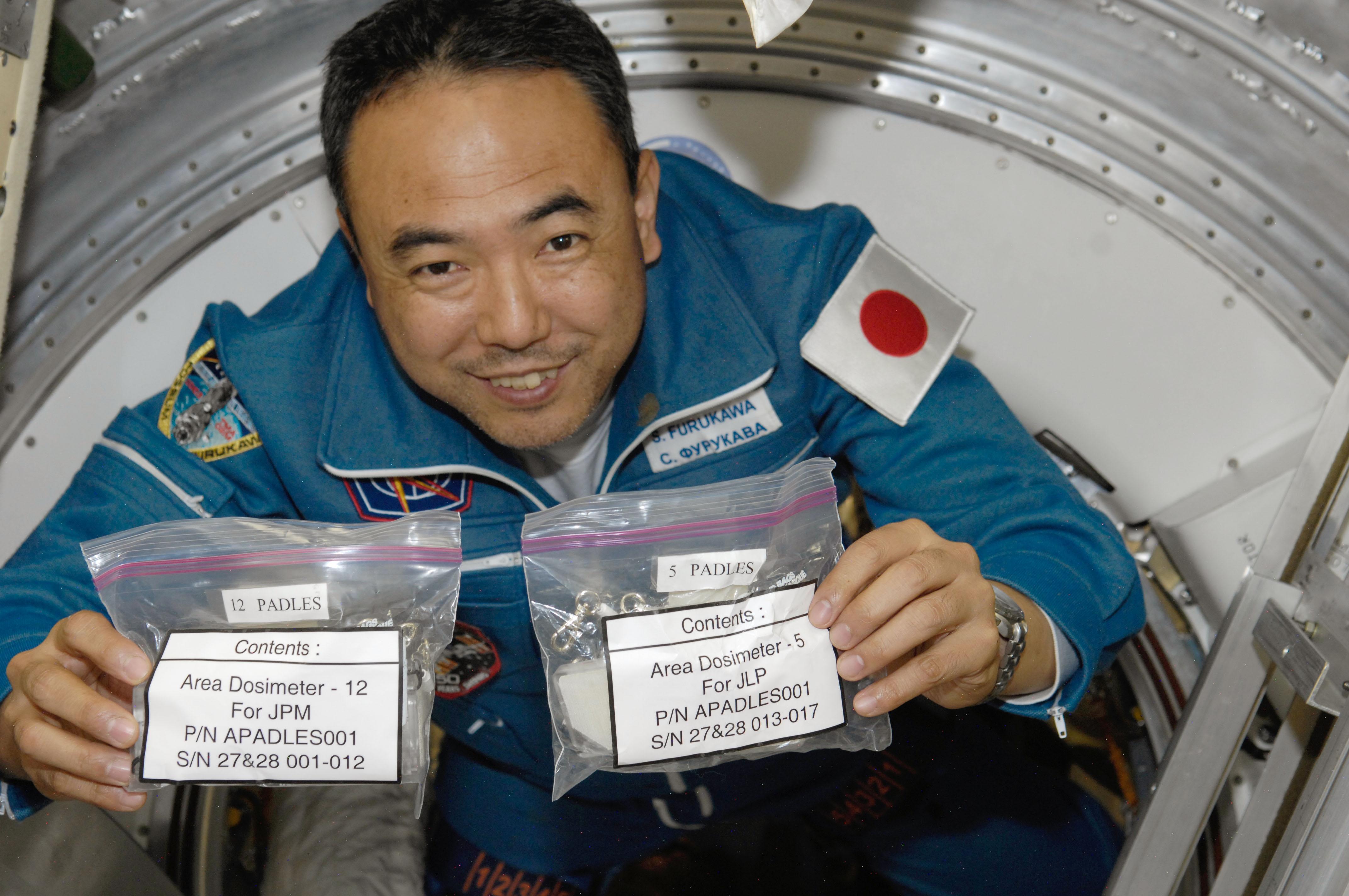
DOSIS 3D
Creating a complete dataset of space radiation
Radiation levels in space are up to 15 times higher than on Earth. As soon as humans leave the protective shield formed by Earth’s atmosphere, space radiation becomes a serious concern. DOSIS-3D helps to understand space radiation and how it penetrates the Space Station walls. Active and passive radiation detectors are used to map radiation in all modules. The European Columbus laboratory is monitored by 11 passive dosimeters. The dosimeters are about the size of a pack of playing cards and attached to the walls of Columbus with Velcro. The detectors record how much radiation has been absorbed in total during the period they are in space. This experiment has been monitoring radiation levels for a number of years and after each six-month crew rotation, the detectors are replaced to record changes in radiation. Alexander Gerst removed the old set of dosimeters from Columbus, packed them for return to Earth, and stuck a new set to the walls. In addition to the passive detectors, DOSIS-3D uses active dosimeters that measure fluctuations in radiation levels over time. Data from all Station partners is shared to create as complete a picture of space radiation as possible.

